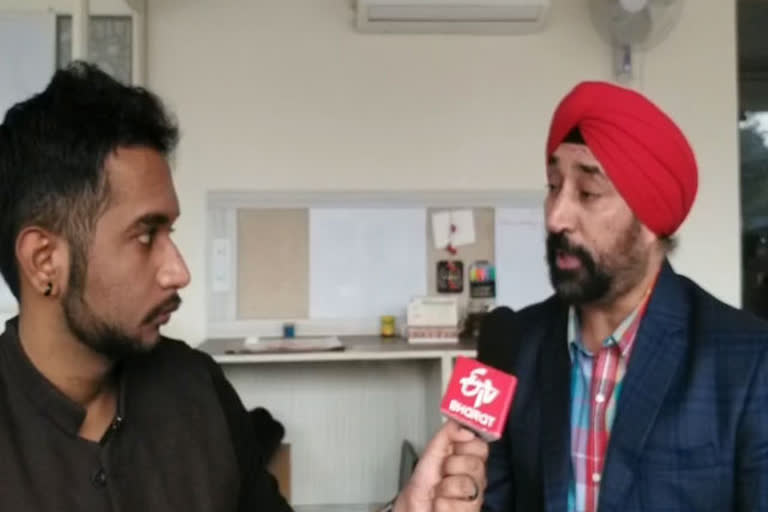The Tamil Nadu government has also unveiled a new solar energy policy 2019 that aims at generating 9,000 MW for the state by 2022.
However there might still be some challenges in India's quest to generate 100 gigawatts of solar energy till the year 2022. Harjeet Singh, Global Lead at Action Aid international said "The government is announcing a lot of packages but the year on year capacity that we are building up is not matching to the determined target and thus there is a lot of hard work that is required".

Talking about the crucial aspect that the pricing plays in the solar energy sector, Singh said "At one end it is nice that the prices are reducing butt on the other end we can see that corporates might be losing interest due to the fact that they'll be making less profit. But having said that renewable sector like solar energy of wind energy is a decentralized energy so what the government should be looking to do is to not just go to these behemoths but also go to small and micro scale industries to develop the solar resources".
Read more:Industrial growth remains subdued at 2.4 pc in Dec
Last year government took an essential step in imposing a 25% safeguard duty for 2 years on imported solar cells, yet our domestic producers face a big challenge from the Chinese manufacturers.
Speaking on the matter, the Action Aid expert said "We have not invested well in the human resources and that is a problem that a lot of corporates also complain about. We do not possess people who have right skills.

China on the other hand has invested a lot of money in building human resources and teaching people that technical aspects of solar generation so that they can be more employable in the sector. There have been a lot of lapses in the training as far as the skill sets are concerned."
Talking about the use of solar in agriculture "around 52% of the areas in agriculture do not have proper rainfalls so solar energy could be used well but we need to make sure that the farmers have the right skill sets and technical know-how to understand the solar energy. The solar solutions should also understand the local conditions and be built accordingly".



